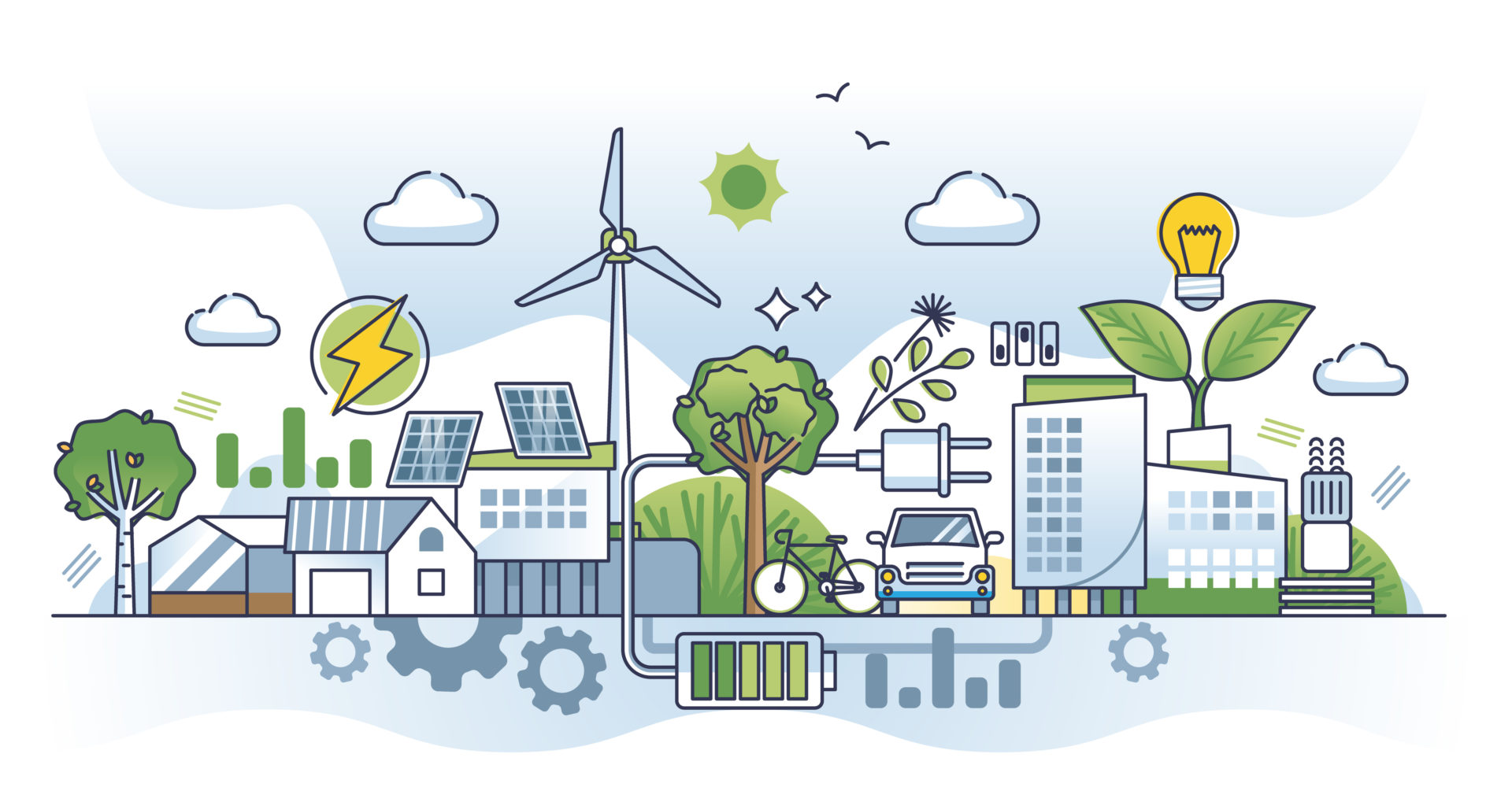Project Fact Sheet (April 2023)
This project aims to address industry challenges with a focus on sustainable energy solutions. It will study two key areas; the design of efficient and cost-effective networked renewable energy and hydrogen microgrids for regional/remote and national park applications, and decarbonisation of construction materials, sites, and processes, as well as the promotion of low-carbon building products. The research will provide practical recommendations and solutions, resulting in improved efficiency and reduced carbon footprint for the industry, leading to a more sustainable future.
Objectives
- Design of viable schemes for networked renewable energy and hydrogen microgrids for regional/parks/remote applications
a) Develop a schematic architecture and viable technologies for renewable energy and hydrogen microgrid system that is fit-for-purpose for different regional/parks/remote applications
b) Conduct a preliminary analysis to determine the technical-economic-environmental viability of renewable hydrogen microgrid system solution options.
c) Market research to explore opportunities to scale up the applications across Australia - Decarbonisation of construction building materials. Specifically
a) Evaluate and identify energy-efficient and towards zero emission technologies and processes to convert building material and production processes to zero or low emissions.
b) Contribute to procurement strategies to promote the uptake of zero or low emissions building products and encourage more widespread use in the construction industry
c) Market analysis to explore opportunities to scale-up decarbonisation opportunities for a range of Australian building products
Industry Outcomes
The specific benefits for industry partners of this research project include:
- Improved competitiveness; By implementing the recommendations and solutions developed in this project, industry partners will be able to improve their competitiveness by reducing their carbon footprint, increasing energy efficiency and promoting clean energy.
- Practical green energy transition; Industry partners will be able to achieve carbon savings by reducing their fossil energy consumption and implementing low-carbon solutions for construction materials and building sites.
- Better understanding of applying new green energy technologies; Industry will have access to new and innovative technologies related to networked renewable hydrogen microgrids, transport and low-carbon building products.
- Improved reputation; Industry partners will benefit from improved reputation and brand recognition because of their commitment to sustainability and reducing their carbon footprint.
- Networking opportunities; Industry partners will have opportunities to network and collaborate with other organisations and stakeholders involved in and informing this project, providing opportunities for business development, upgraded practice and knowledge exchange
Documents for Downloading
The following documents provide additional detail regarding this current research, including project outcomes to date:
Fact sheet
Green energy and decarbonisation transition of the built environment



